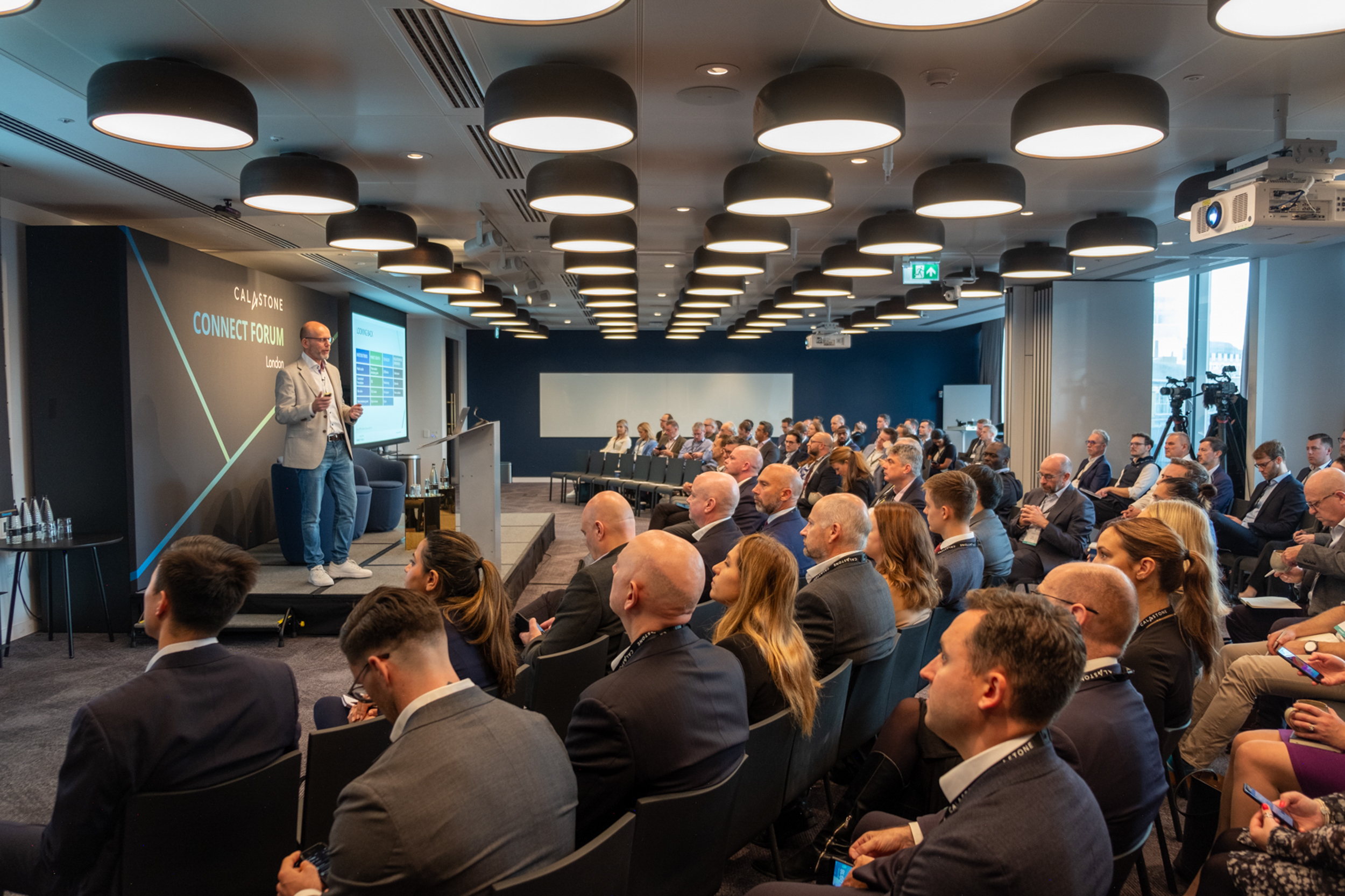We’ve been working with tokenisation and distributed ledger technology (DLT) for many years at Calastone. Used in the right way, DLT is a powerful platform for providing, managing, securing and distributing tokenised assets, helping to unlock meaningful improvements in operational efficiency and product innovation in the asset management industry. This is no longer a future trend, but a fast-growing reality.
Our recently announced collaboration with Schroders, supporting their engagement with the Monetary Authority of Singapore (MAS), shows that this reality could be much closer than many imagine. Together, we are building a fundamentally new sort of fund: a tokenised investment vehicle – with the ultimate aim to manufacture and distribute these new investment vehicles through our Digital Investments platform, running on our Distributed Market Infrastructure (DMI).
Tokenisation – where an investor’s holdings are represented not by units, but by direct holdings of underlying assets in the form of tokens on a distributed ledger – is far more than a technical shift, and it is a means to an end rather than the goal in itself. It is an opportunity to transform how the industry operates and serves its customers, making ideas such as mass personalisation and widespread access to alternative assets realistic. In turn, it represents a sea change that will require fund managers to confront fundamental issues about the future of their businesses: the efficiency and capability of their operations, the range of products they offer, and the levels of service they provide to customers with increasingly high expectations.
Applying DLT and tokenisation to digitalise the multiparty processes that are required to operate the manufacturing and administration of a fund offers a profound transformation. It presents the opportunity to transform the value chain and create better value for investors by reducing costs, and laying the foundation for more flexible investment products that are more aligned to the digital experiences consumers find elsewhere.
This migration to a common DLT infrastructure equips investment managers with the tools to operate at a scale and efficiency that is currently unimaginable. The time and money saved on legacy administration tasks could be reinvested in business-driving innovation, ultimately transforming the investment landscape by enabling a broader range of asset offerings to a wider franchise of investors.
As an asset manager that recognises the transformative potential of tokenisation, DLT and digital assets, Schroders is an ideal partner. In February of this year, they participated in the first ever GBP Digital Bond issued by the European Investment Bank – an important innovation for the development of digital asset solutions. This latest collaboration further demonstrates their commitment to experimenting with a broad range of technologies to support the evolving digital assets landscape. Together, we are exploring the capabilities of a natively tokenised investment vehicle, which could fundamentally improve the personalisation of investment solutions and simplify operational processing through automation and synchronised data. We will also link asset ownership to blockchain technology to provide more cost-efficient investment allocation for both retail and institutional investors.
This work forms part of the MAS’s Project Guardian initiative, which aims to build a responsible and innovative digital asset ecosystem by supporting global efforts in testing the feasibility of tokenised assets. As highlighted in the regulator’s recent report proposing a framework for designing open, interoperable networks for digital assets, this initiative will help develop international standards that create a secure and efficient financial market infrastructure, something Calastone is uniquely qualified to support from our work on developing our completely open architecture funds network. Through both private and public sector collaboration, it is encouraging regulated financial institutions to serve as trust anchors amidst the proliferation of digital assets and decentralised protocols, establishing a strong foundation for the responsible evolution of financial systems in the digital age. The scope of the various pilots of the initiative – from tokenised bonds to yield-generating tokens tied to cashflows from underlying trade finance and working capital loans – shows the scale of ambition, and the potential for large-scale transformation. We’re proud to be part of these efforts.
Our collaboration with Schroders represents a bold step into a future where digitalisation and tokenisation are commonplace, and brings our vision for asset management closer. Together, we are pioneering a new landscape, and we are eager to see the efficiencies and opportunities this brave new world will bring for both fund providers and investors.





















